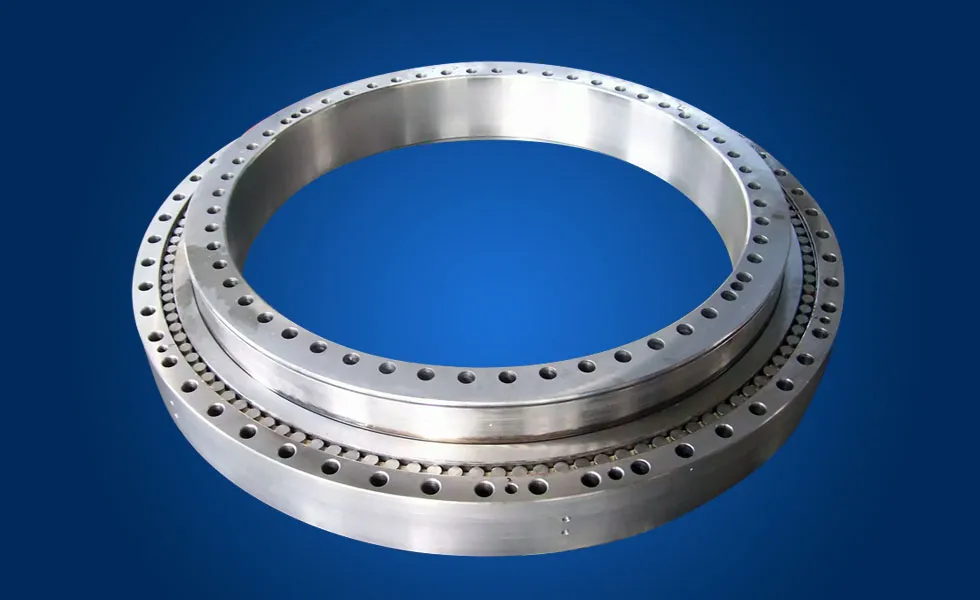-
Cangzhou Yulong Steel Co., Ltd.
-
Phone:
+86 13303177267 -
Email:
admin@ylsteelfittings.com
- English
- Arabic
- Italian
- Spanish
- Portuguese
- German
- kazakh
- Persian
- Greek
- French
- Russian
- Polish
- Thai
- Indonesian
- Vietnamese
- Zulu
- Korean
- Uzbek
- Hindi
- Serbian
- Malay
- Ukrainian
- Gujarati
- Haitian Creole
- hausa
- hawaiian
- Hebrew
- Miao
- Hungarian
- Icelandic
- igbo
- irish
- Japanese
- Javanese
- Kannada
- Khmer
- Rwandese
- Afrikaans
- Albanian
- Amharic
- Armenian
- Azerbaijani
- Basque
- Belarusian
- Bengali
- Bosnian
- Bulgarian
- Catalan
- Cebuano
- China
- China (Taiwan)
- Corsican
- Croatian
- Czech
- Danish
- Esperanto
- Estonian
- Finnish
- Frisian
- Galician
- Georgian
- Kurdish
- Kyrgyz
- Lao
- Latin
- Latvian
- Lithuanian
- Luxembourgish
- Macedonian
- Malgashi
- Malayalam
- Maltese
- Maori
- Marathi
- Mongolian
- Myanmar
- Nepali
- Norwegian
- Norwegian
- Occitan
- Pashto
- Dutch
- Punjabi
- Romanian
- Samoan
- Scottish Gaelic
- Sesotho
- Shona
- Sindhi
- Sinhala
- Slovak
- Slovenian
- Somali
- Sundanese
- Swahili
- Swedish
- Tagalog
- Tajik
- Tamil
- Tatar
- Telugu
- Turkish
- Turkmen
- Urdu
- Uighur
- Welsh
- Bantu
- Yiddish
- Yoruba

Aug . 15, 2024 06:43 Back to list
Exploring the Manufacturing Process and Design Innovations in Pump Body Casting Techniques
The Importance of Pump Body Casting in Modern Manufacturing
In the vast landscape of manufacturing, the production of pump components is fundamental to various industries, from oil and gas to water treatment and chemical processing. Among these components, the pump body stands out as a critical element that directly influences the functionality and efficiency of pumps. The casting process employed in creating pump bodies plays a pivotal role in determining the quality, performance, and longevity of these vital industrial tools.
Understanding Pump Body Casting
Pump body casting is a specialized manufacturing process that involves pouring molten metal into a pre-shaped mold to create the pump body. This method offers several advantages, including the ability to produce complex shapes, reduce waste material, and achieve high precision in dimensions. Typically, cast iron, stainless steel, and bronze are common materials used for pump bodies, chosen for their strength, corrosion resistance, and ability to withstand high pressures and temperatures.
The casting process begins with the design of the mold, which must accurately reflect the desired geometry of the pump body. Engineers use sophisticated software and computer-aided design (CAD) tools to ensure that every detail is accounted for. Once the mold is created, molten metal is poured in and allowed to cool and solidify. After solidification, the mold is removed, and the finished pump body is cleaned, inspected, and prepared for further machining if necessary.
Benefits of Casting in Pump Body Production
1. Complex Geometries One of the primary advantages of casting is its ability to produce intricate shapes that would be difficult or impossible to achieve with other manufacturing techniques like machining. This allows for designs that improve fluid dynamics and enhance pump efficiency.
2. Material Efficiency Since the casting process minimizes waste by creating parts that are near net shape, it is an environmentally friendly manufacturing approach. This is increasingly important in a world focused on sustainability and reducing industrial waste.
pump body casting

3. Cost-Effectiveness For large production runs, casting can be more cost-effective compared to other methods. Although the initial costs of creating molds can be high, the long-term savings realized through reduced labor and material costs often justify the investment.
4. Durability and Strength The casting process can produce pump bodies that are exceptionally robust and able to withstand harsh operating conditions. This is particularly important in industries where reliability is critical, such as in oil refineries or water treatment facilities.
Challenges in Pump Body Casting
Despite its numerous advantages, pump body casting is not without challenges. Maintaining quality control is essential, as defects like porosity, shrinkage, and inclusions can compromise the integrity of the pump body. Therefore, manufacturers must implement rigorous testing and quality assurance processes, including non-destructive testing methods to detect faults before the components are put into service.
Additionally, advancements in technology, such as 3D printing and additive manufacturing, are beginning to influence the casting industry. While these technologies offer new possibilities for rapid prototyping and custom components, traditional casting methods continue to dominate for mass production due to their established reliability and cost-effectiveness.
Conclusion
Pump body casting is a critical aspect of the manufacturing process that underpins the functionality of pumps across various industries. Its ability to produce complex geometries, coupled with material efficiency and durability, makes it an invaluable method in the creation of reliable pumping solutions. As industries evolve and new technologies emerge, the role of casting in the production of pump bodies will undoubtedly adapt, but its significance in delivering robust and efficient components will remain steadfast.
Latest news
-
ANSI 150P SS304 SO FLANGE
NewsFeb.14,2025
-
ASTM A333GR6 STEEL PIPE
NewsJan.20,2025
-
ANSI B16.5 WELDING NECK FLANGE
NewsJan.15,2026
-
ANSI B16.5 SLIP-ON FLANGE
NewsApr.19,2024
-
SABS 1123 FLANGE
NewsJan.15,2025
-
DIN86044 PLATE FLANGE
NewsApr.19,2024
-
DIN2527 BLIND FLANGE
NewsApr.12,2024
-
JIS B2311 Butt-Welding Fittings LR/SR 45°/90° /180°Seamless/Weld
NewsApr.23,2024











